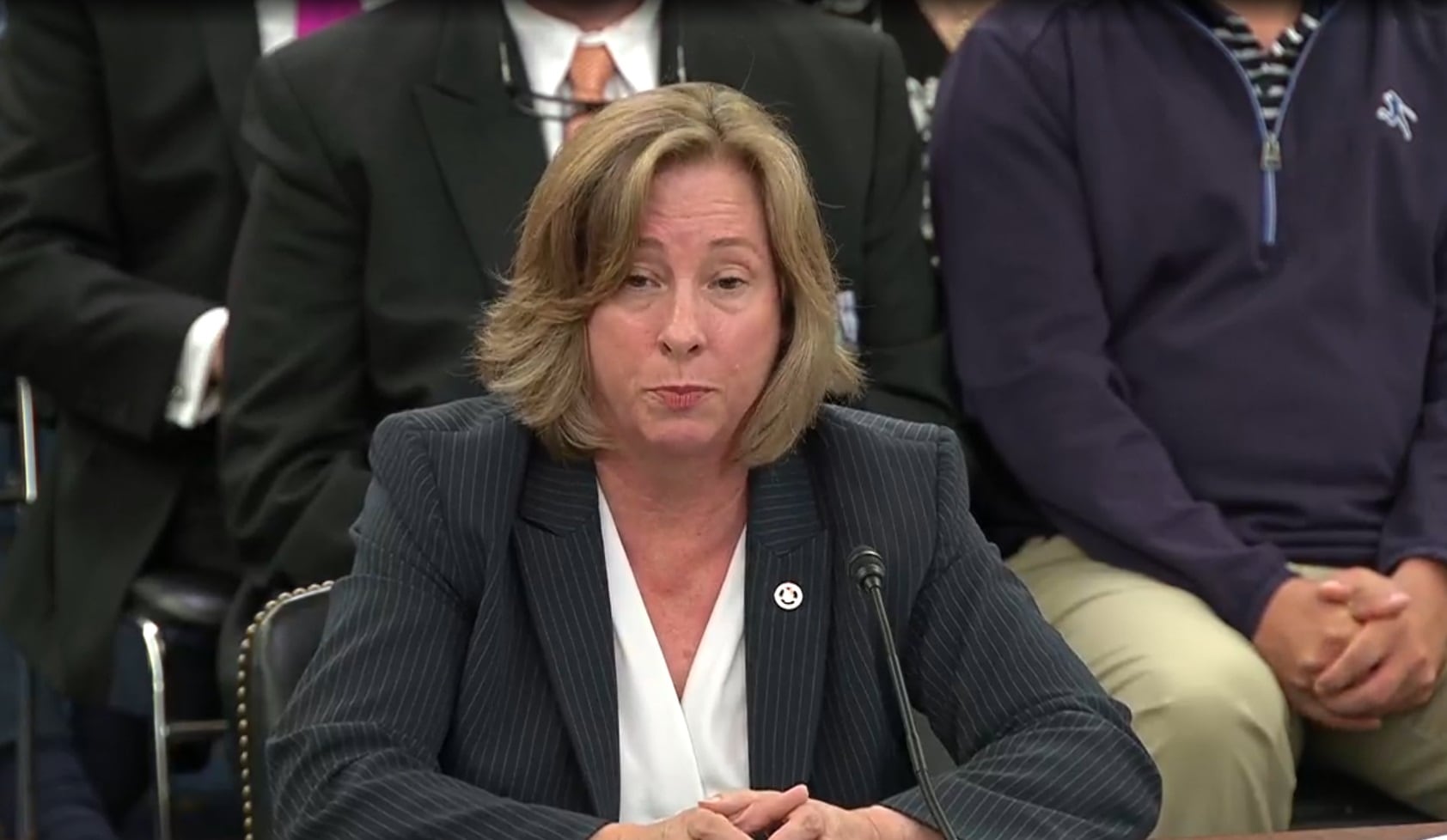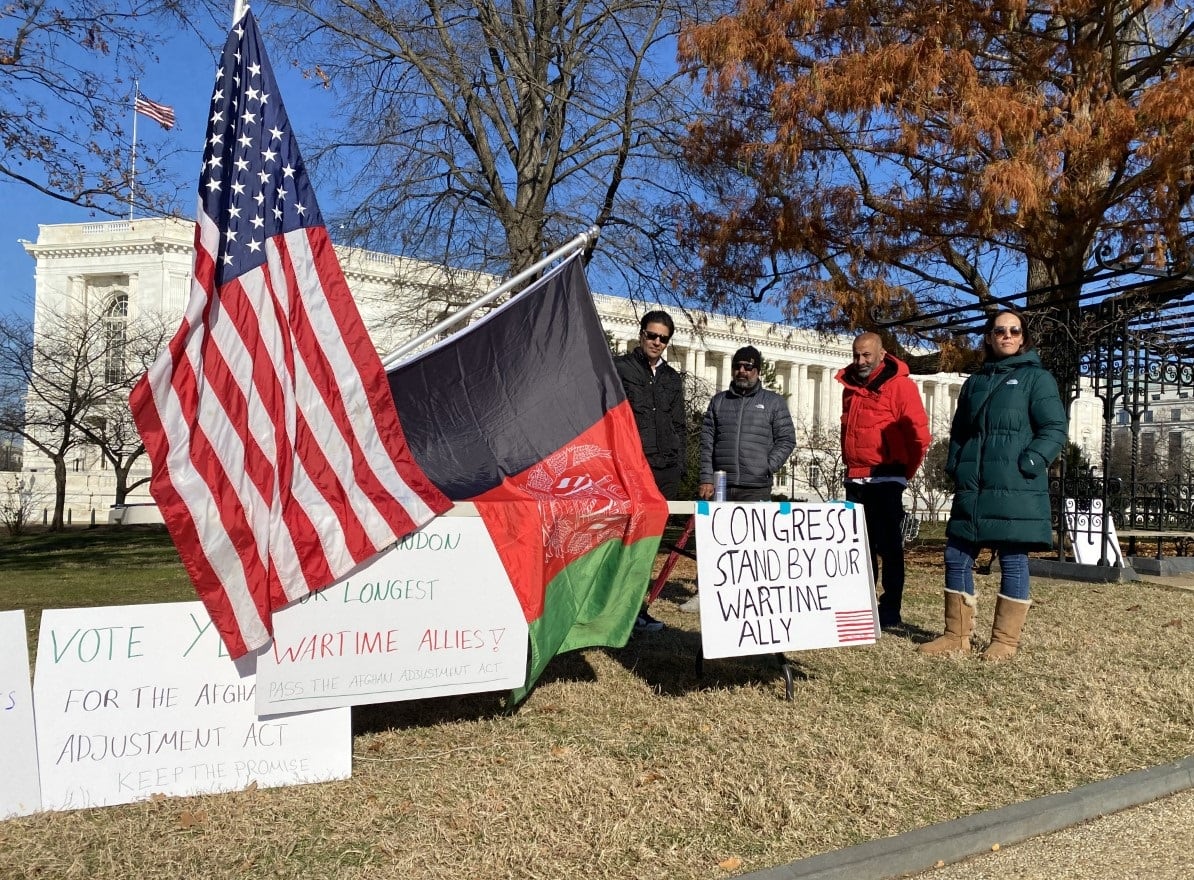The Navy conducted a war game Wednesday to assess how amphibious exercises in the Western Pacific will navigate the consequences of climate change, particularly in terms of resourcing deployed units and logistics.
The goal was to test out the service’s new climate action strategy and identify ways to become more resilient against such threats.
The war game featured a fictional scenario involving a Navy amphibious ready group and an embarked Marine expeditionary group that were poised to conduct an exercise with a partner nation amid storms and a typhoon. Other disasters were also factored into the exercise to create as realistic a scenario as possible.
“Not only were the players confronting issues in the area of responsibility, but there were secondary factors that had an impact in their area of responsibility,” Meredith Berger, assistant secretary of the Navy for energy, installations and environment, told reporters Wednesday. “An example of that is a wildfire in California having an effect on our logistics, which was cutting off the supplies to a forward deployed force. So, something like that is an example of a very timely and real world scenario.”
Diversifying logistics to reduce dependencies was a key takeaway from the war game, Berger said The exercise also demonstrated that the negative impacts of climate change must be dealt with head on and taken into account during planning.
The war game included enlisted personnel and high ranking officers, Department of Defense personnel, as well as staffers from Capitol Hill and think tanks, Berger said.
RELATED

In May, the Navy released its Climate Action 2030 strategy, which described climate change as one of the most “destabilizing forces of our time” and cautioned that military bases are in jeopardy as a result.
“If we do not act, as sea levels rise, bases like Norfolk Naval Base and Marine Corps Recruit Depot Parris Island will be severely tested in their ability to support their missions,” the report said. “If temperatures continue to rise, the oceans will get warmer, creating more destructive storms requiring our Fleets and Marine Corps forces to increase their operational tempo to respond.”
Planning for the wargame coincided with the crafting of Climate Action 2030 after Carlos Del Toro became Navy secretary in August 2021, Berger said.
“So, it was very intentional to immediately begin to practice and to exercise and to question the things that we identified as major drivers for our strategy,” Berger said.
The war game was set in 2030 so the service can move ahead in terms of resourcing and logistical needs.
“We want to start to think about the future so that we can prepare for resources … and anticipate what is coming,” Berger said. “It’s why action is in the title of our strategy, because to be prepared later, we need to anticipate and act now.”
“We’re going to use what we’ve learned and also apply that across the conflict continuum, because at every point we need to make sure that we are considering this, preparing for it, putting resources towards it and anticipating what is coming in the very near future,” he said.




